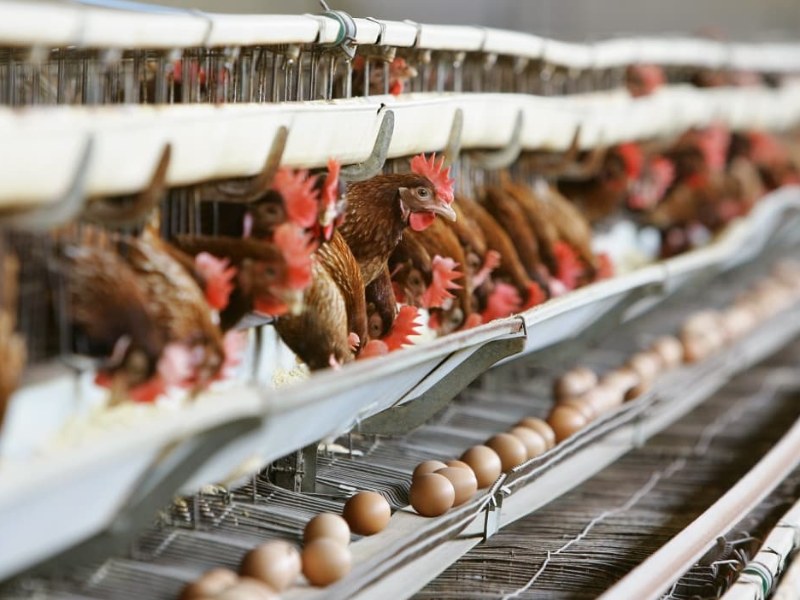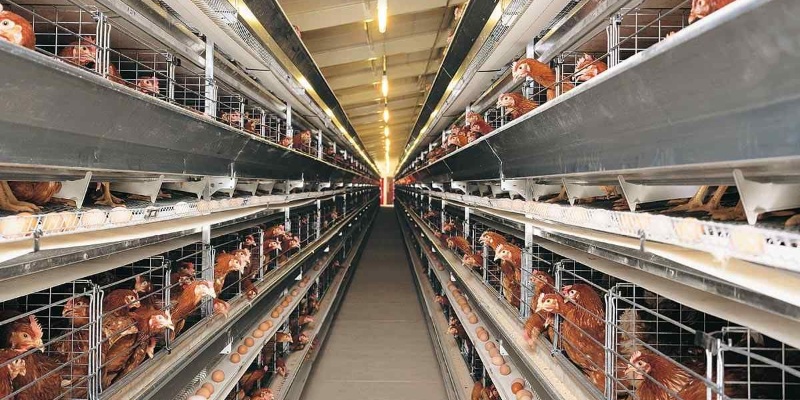
What Changes Have Taken Place in the Laying Hen Farming Industry Recently?
In recent years, the laying hen farming industry has undergone significant transformations driven by technological advancements, consumer preferences, and regulatory changes. These recent changes in the laying hen farming industry reflect broader trends towards sustainability, and productivity enhancement. This article will explore these shifts in detail, highlighting their implications for producers and consumers alike.
Technological Advancements
One of the most notable recent changes in the laying hen farming industry is the integration of technology into everyday operations. Automated systems for feeding, watering, and egg collection have become increasingly common. These innovations not only improve efficiency but also enhance biosecurity measures. For instance, automated cleaning systems minimize human contact with birds and reduce the risk of disease outbreaks.
Furthermore, data analytics plays a crucial role in optimizing farm management. Farmers are now able to monitor key performance indicators (KPIs) such as egg production rates, feed conversion ratios, and overall flock health through sophisticated software solutions. By leveraging this data, producers can make informed decisions that lead to improved profit margins and healthier hens.
Sustainability Practices
Sustainability has emerged as a vital consideration within the recent changes in the laying hen farming industry. Farmers are increasingly adopting practices that reduce their environmental impact. For example, many are implementing waste management systems that convert manure into fertilizer or energy. This not only minimizes pollution but also provides an additional revenue stream.
Moreover, there is a growing trend towards organic and non-GMO feed. As consumers seek healthier options, producers are responding by sourcing ingredients that meet these standards. The organic market for eggs has seen substantial growth, indicating a clear opportunity for farmers willing to invest in sustainable practices.
Market Dynamics and Consumer Preferences
The dynamics of the egg market have shifted significantly due to changing consumer preferences. The demand for specialty eggs, such as organic, free-range, and enriched environment eggs, has surged. These products often command a premium price, encouraging producers to diversify their offerings.
The recent changes in the laying hen farming industry indicate a shift away from conventional production methods toward more specialized, higher-quality products. This change forces traditional producers to either adapt to these preferences or risk losing market share to more agile competitors.
Economic Factors
Economic considerations also play a critical role in the recent changes in the laying hen farming industry. Fluctuations in feed prices, labor costs, and overall economic conditions can significantly impact profitability. Many farmers are now looking for ways to streamline operations and reduce costs while maintaining quality.
Investments in technology and sustainable practices may require significant upfront capital but can lead to long-term savings. Moreover, cost-effective production methods enable farmers to remain competitive in a volatile market.
Health and Biosecurity
The COVID-19 pandemic underscored the importance of health and biosecurity measures in the laying hen farming industry. Producers have taken proactive steps to safeguard both animal and human health. This includes enhanced biosecurity protocols, vaccination programs, and increased hygiene practices across farms.
As a result of these concerns, many farms are investing in better biosecurity infrastructure, which includes controlled access points and thorough disinfection processes. These investments represent a fundamental shift in how farms manage health risks and ensure product safety.
The Role of Research and Development
Research and development (R&D) are pivotal in driving the recent changes in the laying hen farming industry. Universities and agricultural organizations are actively studying various aspects of poultry science, including genetics, nutrition, and disease control. Innovations stemming from R&D efforts are helping producers to optimize their operations and improve flock performance.
For example, advances in genetic selection have led to the development of hens that are more resilient to diseases and have improved egg production capabilities. As these breakthroughs continue to emerge, they offer exciting possibilities for the future of laying hen farming.
Conclusion
In conclusion, the recent changes in the laying hen farming industry are multifaceted, encompassing technological innovations, shifts in consumer preferences, and increased attention to sustainability. As producers navigate this evolving landscape, those who embrace these changes stand to gain a competitive advantage.

